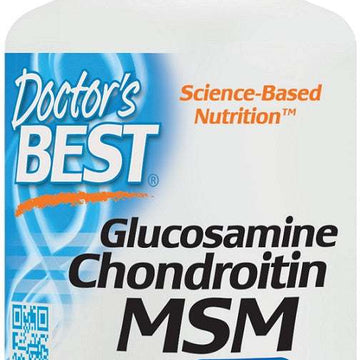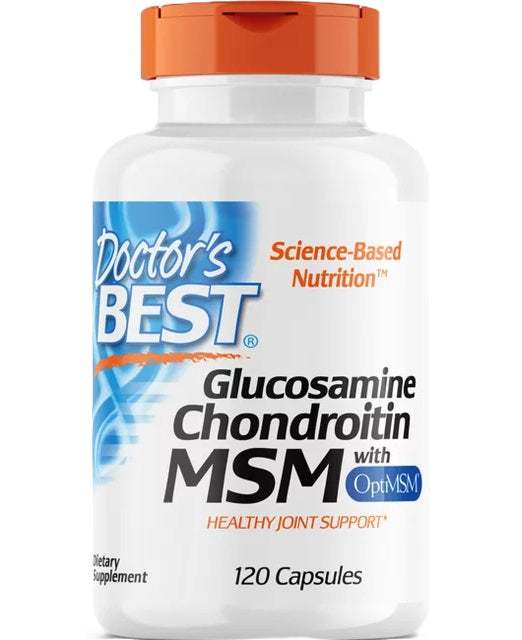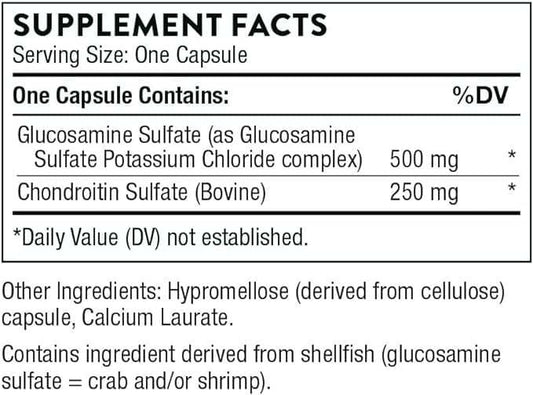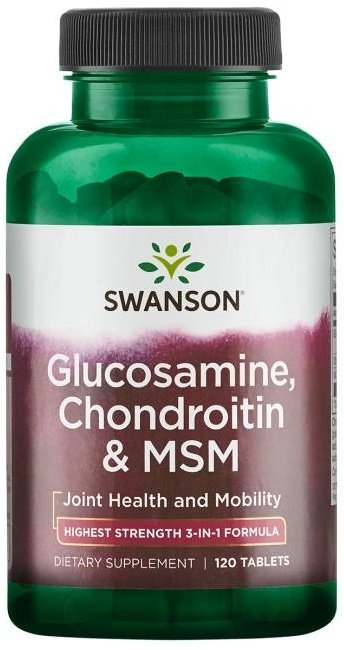Glucosamine supplements are widely recognised for their role in maintaining joint health, mobility, and comfort. Naturally found in cartilage, glucosamine helps cushion joints and supports the repair of connective tissues. However, the body’s ability to produce it declines with age, injury, or strain, making supplementation a practical option for those experiencing joint stiffness, discomfort, or reduced flexibility.
At Welzo, our Glucosamine Supplements Collection features carefully selected products designed to support joint structure and function. These supplements are commonly used by individuals managing active lifestyles, recovering from joint wear, or seeking relief from age-related joint issues. Often combined with chondroitin, MSM, or hyaluronic acid, glucosamine works synergistically to support long-term joint resilience and comfort.
Whether you're aiming to stay active, manage discomfort, or improve mobility, our collection addresses your needs with scientifically developed solutions that deliver measurable results.
Benefits of Glucosamine Supplements
Glucosamine plays a key role in maintaining the health of cartilage and joint tissues. Regular supplementation may help:
-
Support cartilage regeneration and reduce stiffness
-
Improve flexibility and ease of movement
-
Enhance comfort during daily activity or exercise
-
Slow the progression of age-related joint degeneration
-
Support connective tissue health in knees, hips, wrists, and more
For individuals also seeking broader musculoskeletal support, our Joints, Bones & Muscles Collection offers a wide range of synergistic supplements.
Popular Types of Glucosamine Supplements
Welzo offers glucosamine in various forms to meet diverse health goals and lifestyle preferences. Popular types include:
-
Glucosamine sulphate – One of the most commonly used forms, known for its joint-supportive properties
-
Glucosamine hydrochloride – A purer form with excellent absorption and fewer side effects
-
Combination formulas – Blended with chondroitin, MSM, or turmeric for enhanced effect
If you’re looking for complementary support, consider visiting our Chondroitin Collection or MSM Supplements Collection, both often paired with glucosamine for complete joint care.
Why Shop Glucosamine at Welzo?
Welzo curates its glucosamine supplements based on quality, clinical relevance, and brand trust. Every product is evaluated for bioavailability, purity, and formulation strength. We stock well-regarded options in capsules, tablets, and powders—ideal for anyone looking to manage joint discomfort or support long-term mobility.
We also offer a wide selection of complementary nutrients. For example, those interested in additional mineral support can explore our Magnesium Collection, which may further assist muscle relaxation and joint function.
At Welzo, we help customers build targeted wellness routines grounded in science, so you can move with comfort and confidence every day.
Whether aiming for preventative measures or seeking relief from existing joint issues this range of glucosamine supplements provides versatile options tailored to meet diverse health needs ensuring users can maintain an active lifestyle free from joint concerns



























 Rated Excellent by 26,523+ Reviews
Rated Excellent by 26,523+ Reviews